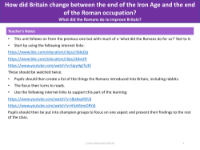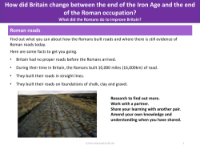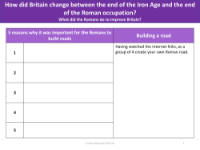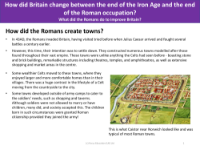10 things I now know about the way Romans built their towns
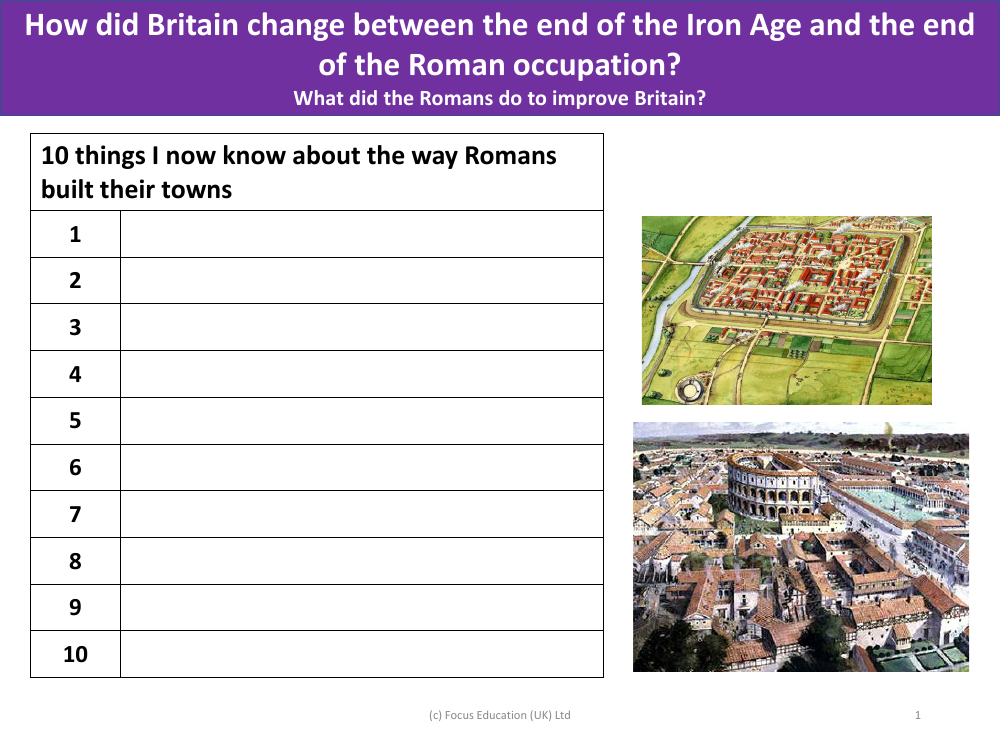
History Resource Description
The Romans were renowned for their sophisticated approach to urban planning and construction, which is evidenced by the well-organised towns they built throughout their empire, including in Britain. They adhered to a systematic layout, often using a grid pattern for streets, which facilitated efficient movement and organisation within the town. The Romans typically included key architectural features such as forums, amphitheatres, and baths, which served as social and cultural hubs for the inhabitants. They also prioritised the construction of defensive structures like walls and gates to protect the towns from potential invaders.
During the Roman occupation of Britain, which followed the end of the Iron Age, the country underwent significant changes. The Romans introduced advanced building techniques, improved infrastructure, and new cultural practices. They constructed durable roads that connected towns across the region, enhancing trade and military movement. The introduction of Roman laws, language, and currency, along with the establishment of Roman governance, greatly influenced the societal structure and daily life in Britain. These improvements and changes laid the groundwork for the urbanisation and modernisation of Britain, leaving a lasting legacy that can still be observed in the country's historical architecture and urban layouts.

